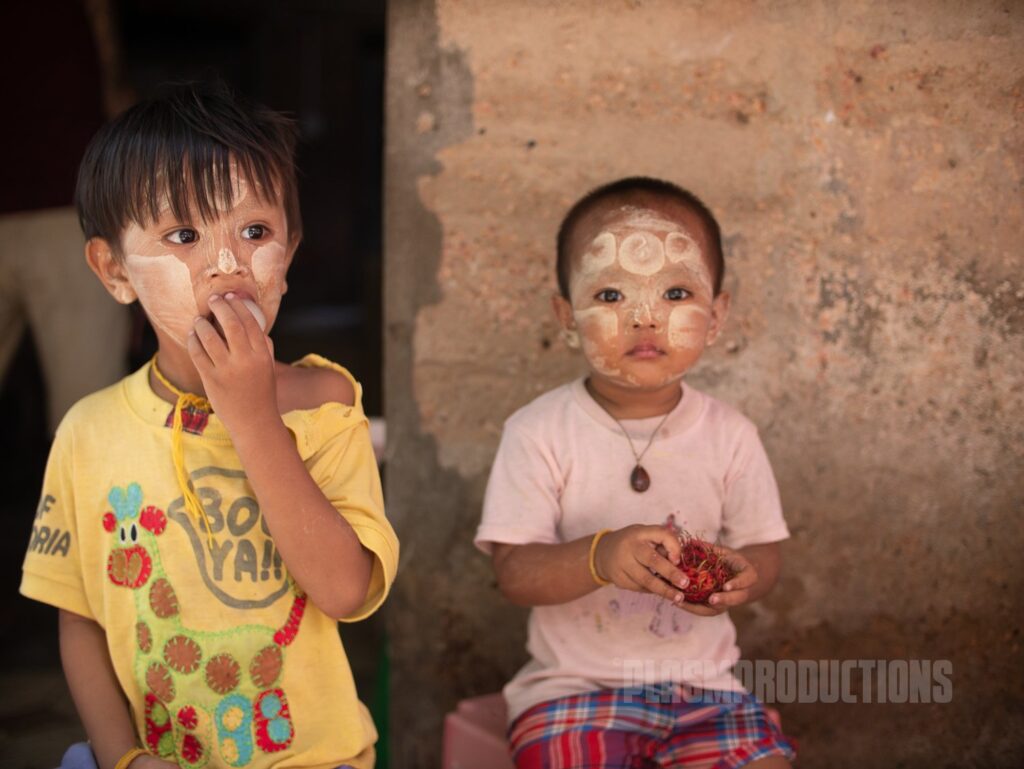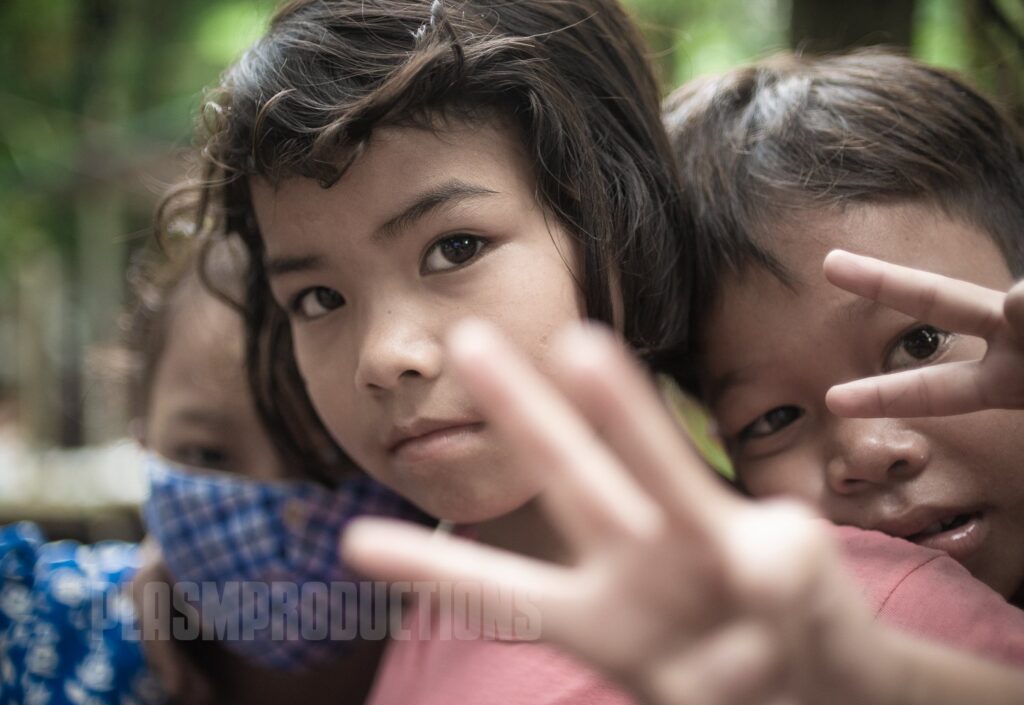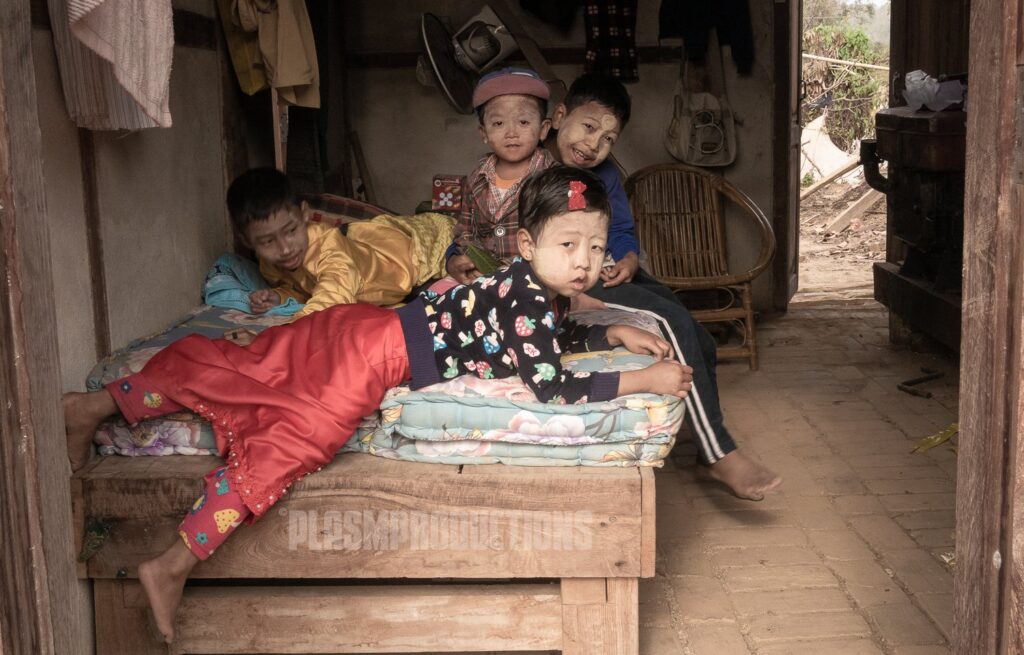Myanmar's Orphan Problem - By Vivek Nair

Myanmar, formerly Burma, has witnessed a sharp spike in the number of children raised in orphanages in recent years. Attributed factors include civil war, poverty and the Covid-19 pandemic. In a country already struggling with limited resources, orphanages have their work cut out in dealing with the surge.
What creates orphans in Myanmar? How will this impact the future of the nation? And more importantly, which methods can help manage the situation more effectively?
Since gaining its independence in 1948, Myanmar has been blighted by political and ethnic rebellions, paving the way for one of the longest-running civil wars in the world (soworldwide.org). The effects of this are still prevalent in modern times and have heavily impacted children.
Civil conflicts have cost thousands of children’s lives and left many displaced or missing. Consequently, many are left homeless or with one parent who does not have the means to raise them. The net number of children given for adoption therefore rises putting a strain on Myanmar’s orphanages. Furthermore, human rights issues borne from the conflicts are a constant plague: children have been killed, injured or imprisoned. Neglect of children’s rights are putting the future of the young generation at stake.

The Borgen Project (2020) reports that as of 2017, roughly a quarter of adults in Myanmar live in poverty. Growing destitution has led to parents abandoning children or giving them up for adoption. UNICEF (the United Nation Children’s Fund) states that over 50% of Myanmar children hail from impoverished backgrounds. Demand for orphans requiring shelter in recent times has outstripped supply. In a 2018 article, the Myanmar Times outlined the fact that of the 280 orphanages in the country, many were recently built. The then recorded 36,000 orphans were a steadily growing number.


The Covid-19 outbreak has certainly accelerated the problem. UNICEF affirmed that “hard-won gains in health and learning (were) being rapidly eroded” during the pandemic. Cash- strapped families are forced to give up children for adoption following the economic disruptions of the crisis.
Protective measures set in place for children have affected their happiness and well-being, with many unable to play or mingle with other children outside their homes. Already growing up in a war-ravaged and poverty-stricken environment, the right to have fun as children has now been stripped from them. This could well create severe psychological effects in some.

Covid- 19’s disruptions on Myanmar’s food supply chains has led to food scarcity and increased rates of malnutrition. Headey, Cho et al (2020) predicted that the “significant reduction in dietary diversity” could lead to an “increased risk of wasting, stunting, and macronutrient deficiencies, such as anaemia”. Before the pandemic, many children in Myanmar were “nutritionally vulnerable”.
Protective measures set in place for children have affected their happiness and well-being, with many unable to play or mingle with other children outside their homes. Already growing up in a war-ravaged and poverty-stricken environment, the right to have fun as children has now been stripped from them. This could well create severe psychological effects in some. Post-pandemic, the situation is dire and many parents believe orphanages will be sufficient in supplying food and medical care to their children. Any pragmatic solution would therefore centre around the prevention/management of civil war.
This however has been an arduous task for the government. The conflicts are primarily ethnic-based, with different armed groups fighting the Tatmadaw (national armed forces). Attempts at ceasefires and addressing inequality in ethnic minority regions have constantly failed (Miliband D (2016) “How To Bring Peace To The World’s Longest Civil War). Crisisgroup.org states that the central government is in fact the “driver of the conflict”, imposing its will over different regions.
A scheme teaching effective management during food/money shortages could help parents who would otherwise give their children up for adoption. The fear of inability to provide could be lessened incrementally until it starts a domino effect with many poor families learning from the examples of others. Children could better value the importance of developing skills to net long- term financial growth. Increased advertising for voluntary groups in developed countries could help set up better health and education services for Myanmar’s children, something they are currently denied.
When root causes cannot be focused on so easily, the lessening of its impacts can be. Tangible solutions could involve the training/education of Myanmar’s families.
Time and time again, it has been established that children fare far better in families than in orphanages where many compete for limited attention from carers. UNICEF reports that orphanage tourism has become a rising issue in Myanmar with many children purposely kept in destitution to encourage bigger donations. Worse, tourists are often permitted to be alone with children, leading to incidents of sexual abuse, whilst private orphanages are “often run as money-making ventures” making it a priority to weed out such corruption.
Myanmar’s orphan issue is therefore a deeply urgent one and there is no better time to curb it than now.